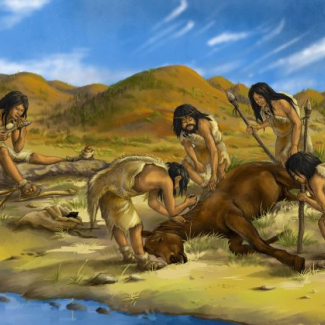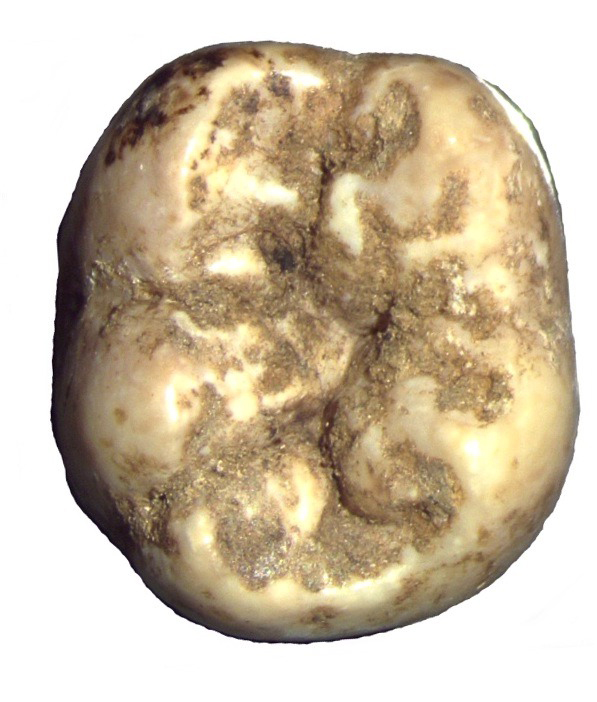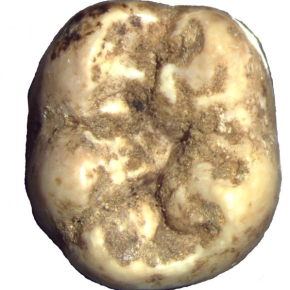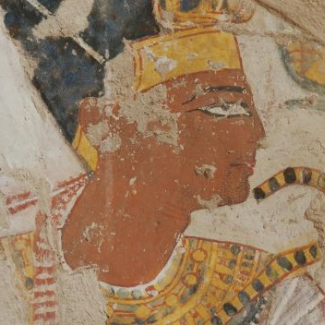
Discovery of the oldest known case of human lead exposure
Analyses conducted on teeth from two Neanderthal children from the archeological site of Payre (Ardèche), excavated by CNRS researcher Marie-Hélène Moncel1 , show evidence of the oldest known lead exposure among humans. An international team of researchers measured the concentrations of metals in the enamel of teeth dated to 250,000 years ago, and demonstrated that the two children had been exposed to lead during stays in cavities, as suggested by the presence of lead mines within a 25 kilometer radius. With teeth having a growth rate identical to that of tree rings, the researchers were also able to show that the children had fallen ill during the wintertime, and that one of the Neanderthals was born during the spring. In measuring the concentrations of barium, a sign of milk consumption, the researchers also observed that one of the two children was breastfed until the age of two and a half, and weaned during the fall. The study published on October 31, 2018 in Science Advances is a major contribution to knowledge on the childhood of Neanderthals.

© Smith et al.
- 1Laboratoire d’histoire naturelle de l’Homme préhistorique (CNRS/MNHN/Université de Perpignan Via Domitia).
Wintertime Stress, Nursing, and Lead Exposure in Neanderthal Children. Tanya M. Smith, Christine Austin, Daniel R. Green, Renaud Joannes-Boyau, Shara Bailey, Dani Dumitriu, Stewart Fallon, Rainer Grün, Hannah F. James, Marie-Hélène Moncel, Ian Williams, Rachel Wood, Manish Arora. October 31st, 2018, Science Advances. DOI : 10.1126/sciadv.aau9483 http://advances.sciencemag.org/content/4/10/eaau9483


